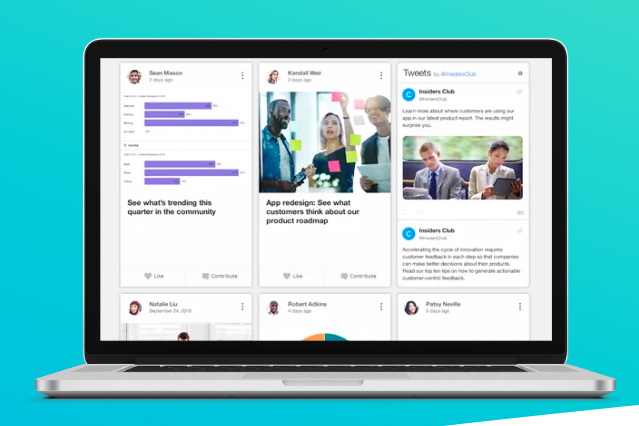Is Your Content Killer? It’s Your Last Chance To Submit For the 2020 Killer Content Awards
Nominations for the 2020 Killer Content Awards close this Friday, November 1, so now’s the time to spotlight your company’s most creative campaigns and its top-performing content assets. Winners will be celebrated at an exclusive reception during the B2B Marketing Exchange, to be held Feb. 24-26, 2020 in Scottsdale, Ariz. A select number of companies will also participate in panel discussions across the event program, which features tactical tracks focused on content strategy, demand generation, account-based marketing and sales.
Since its inception in 2012, the Killer Content Awards has spotlighted some of the most innovative brands in content marketing: from Glassdoor to LinkedIn, Sigstr, SAP and so much more. This year, the program has 19 categories in order to represent new trends and delivery channels. They include:
- Measurable ROI
A piece of content or broader campaign that has made a measurable impact on bottom-line results. - Multi-Touch Campaign
Innovative approaches to multichannel or omnichannel campaign design that leverage compelling content that resonates with buyers on a deeper level and spurs action. - Nurture Campaign
Nurture campaigns and associated content that deliver stellar results in terms of leads generated, opportunities created and deals closed. - Customer Lifecycle Marketing
Campaigns that extend beyond the traditional “buyer’s journey,” and include content designed to drive ongoing engagement, customer retention, and loyalty. - Account-Based Marketing Campaign
Content and campaign experiences tailored to key accounts and segments. - Buyer-Focused Content
Examples of impactful and memorable buyer-focused content and/or stories of how brands have successfully transitioned from product-focused content to a buyer-focused strategy. - Sales Enablement Content
Powerful and creative approaches to content and campaigns used to inform and empower internal sales teams. Stellar results a plus. - Channel Partner Marketing
Brands that have created content designed to go to and through partners in order to generate greater revenue through the channel. - Research-Based Content
Content or campaigns crafted based on proprietary or third-party research. - Short-Form Content
A creative and compelling approach to any short-form asset, such as an infographic, video, quiz and checklist, among others. - Interactive Content
Creative and successful approaches to interactive content formats, such as quizzes, assessments, reportsand more. - Influencer Campaign
Short- and long-term initiatives that have successfully leveraged industry thought leaders and experts to generate brand awareness and word-of-mouth. - Video Content
Standalone videos and/or a video series that tells a compelling story from the brand or buyer’s perspective. Successfully drives awareness for a brand or specific product. - Social Amplification
Brands that have taken innovative approaches to content promotion via social channels and/or have created unique content for Facebook, Twitter, LinkedIn, Instagram and others. - Design Concept/Theme
A piece of content or broader campaign that tacks on to a current event/trend or leverages a creative visual approach or theme to capture buyer attention. - Packaged/Bundled Content
Content that is packaged together or curated to create an immersive — and even personalized — content experience. - Agency Partnership
Successful content and campaigns created in partnership with an agency. For this category, both the agency and brand will be recognized for their ability to collaborate and innovate. - Publisher Partnership
Successful content and derivative resources created in partnership with a third-party publisher or publication. - Cause Marketing
A marketing campaign or initiative designed to raise awareness for a specific cause, and/or raises funds for a charity or foundation.
Submit your nominations now to give your brand, and your team, the praise they deserve!
- Written by Demand Gen Report Team


 The sales and marketing industry has exploded over the past decades, prospering thanks to marketing automation tools, digital advertising and the widespread availability of data. While these tools all come with the promise of making marketers’ lives easier, what they actually deliver is the ability to intrude on individuals’ daily habits, at an unchecked pace. Add in the unrelenting pressure for businesses to grow and we find ourselves in a world in which sales and marketing have run amok.
The sales and marketing industry has exploded over the past decades, prospering thanks to marketing automation tools, digital advertising and the widespread availability of data. While these tools all come with the promise of making marketers’ lives easier, what they actually deliver is the ability to intrude on individuals’ daily habits, at an unchecked pace. Add in the unrelenting pressure for businesses to grow and we find ourselves in a world in which sales and marketing have run amok. Tealium
Tealium


